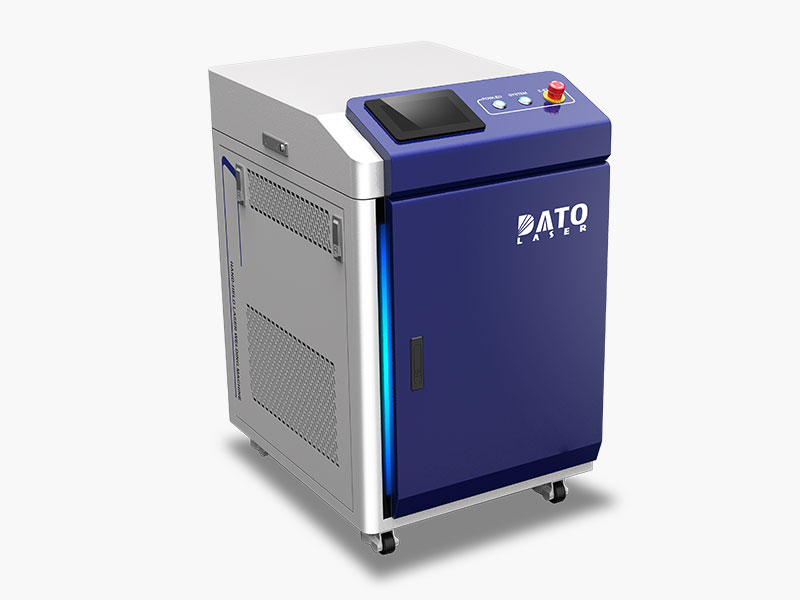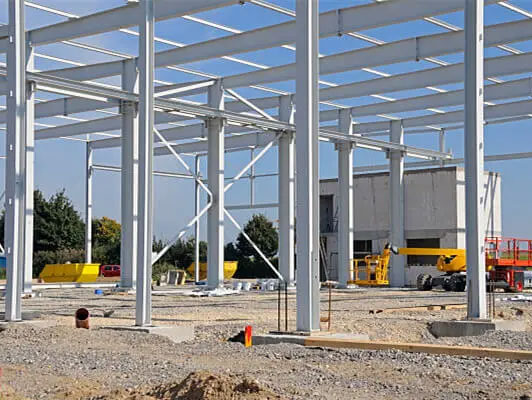What are the maintenance requirements for fiber laser welding systems?

Essential Maintenance Requirements for Fiber Laser Welding Systems: A Comprehensive Guide
Understanding Fiber Laser Welding Maintenance Fundamentals
Proper maintenance of fiber laser welding systems is crucial for ensuring consistent performance, maximizing equipment lifespan, and maintaining optimal welding quality. At DATO & Leapion, our extensive experience has shown that a well-maintained laser welding system can operate efficiently for many years while delivering superior welding results.
Daily Maintenance Procedures
Optical System Care
The optical components in fiber laser welding systems require particular attention due to their critical role in beam delivery. Our maintenance protocols emphasize careful cleaning and inspection of all optical surfaces:
The protective windows require daily inspection and cleaning using specialized optical cleaning materials. Any contamination on these surfaces can affect beam quality and potentially cause damage to more expensive optical components.
Focusing lenses should be examined for signs of contamination or damage. Our technicians use specialized inspection tools to detect even minor imperfections that could affect welding performance.
Process Head Maintenance
The welding process head represents a critical component requiring daily attention:
Nozzle condition monitoring includes checking for spatter accumulation and wear patterns. Regular cleaning prevents degradation of shielding gas flow patterns that could compromise weld quality.
Cross-jet systems require daily verification of proper operation and cleaning of air filters to maintain optimal performance in removing process debris from the optical path.
Weekly Maintenance Requirements
Cooling System Inspection
The cooling system plays a vital role in maintaining stable laser operation:
Coolant levels should be checked and maintained within specified ranges. Our systems use specialized coolant formulations optimized for laser applications, requiring periodic testing for contamination and proper concentration.
Heat exchanger efficiency must be verified through temperature monitoring and inspection of cooling fins for dust accumulation. Clean heat exchangers ensure optimal thermal management during operation.
Motion System Maintenance
Regular attention to motion system components ensures precise beam delivery:
Guide rails and bearings require weekly inspection and lubrication according to manufacturer specifications. Proper lubrication prevents wear and maintains smooth motion control.
Belt tension and alignment checks help prevent positioning errors that could affect weld quality. Our maintenance protocols include specific procedures for checking and adjusting these critical components.
Monthly Maintenance Procedures
Beam Delivery System Inspection
Comprehensive checking of the beam delivery path ensures optimal performance:
Fiber optic cables require careful inspection for signs of stress or damage. Our technicians use specialized tools to verify proper beam characteristics and identify potential issues before they affect production.
Collimation optics need regular evaluation to ensure proper beam characteristics. This includes checking for thermal effects that could impact focal length and beam quality.
Electrical System Maintenance
Regular electrical system maintenance prevents unexpected downtime:
Cabinet cooling systems require monthly cleaning and filter replacement to maintain proper operating temperatures for electrical components.
Power supply connections need inspection and testing to ensure stable operation. This includes verification of proper grounding and inspection of all high-current connections.

Quarterly Maintenance Requirements
Comprehensive System Calibration
Regular calibration maintains system accuracy and performance:
Beam parameter verification includes checking power output, beam quality, and focal position. Our calibration procedures use advanced diagnostic equipment to ensure compliance with specifications.
Motion system calibration verifies positioning accuracy and repeatability. This includes detailed measurements of axis alignment and compensation tables.
Safety System Verification
Regular testing of safety systems ensures proper protection for operators and equipment:
Interlocks and emergency stops require functional testing and verification. Our safety protocols include comprehensive checking of all safety-related systems and documentation of results.
Light tight enclosures need inspection for integrity and proper operation of access doors. Any compromised seals or alignment issues are addressed to maintain safe operation.
Annual Maintenance Procedures
Major Component Inspection
Thorough examination of critical systems ensures long-term reliability:
Laser source inspection includes detailed evaluation of pump diodes and internal components. Our factory-trained technicians perform comprehensive diagnostics to identify potential issues.
Power supply systems undergo detailed testing and component evaluation. This includes verification of all protection circuits and cooling systems.
Preventive Component Replacement
Strategic replacement of wear items prevents unexpected failures:
Critical seals and filters are replaced according to manufacturer recommendations. This preventive approach helps avoid unexpected failures during production.
Cooling system components, including pumps and heat exchangers, receive detailed inspection and service. Any components showing signs of wear are proactively replaced.
Advanced Maintenance Technologies
Predictive Maintenance Systems
Modern laser welding systems incorporate sophisticated monitoring capabilities:
Real-time performance monitoring systems track critical parameters and predict potential failures. This data-driven approach allows for optimized maintenance scheduling.
Automated diagnostic systems provide detailed analysis of system performance trends. Early detection of developing issues allows for planned intervention before failures occur.
Remote Diagnostics and Support
Advanced connectivity enables efficient technical support:
Remote monitoring capabilities allow our technical team to provide immediate support and guidance. This reduces downtime and ensures optimal system performance.
Secure data collection and analysis help identify opportunities for process optimization and maintenance improvement.

Our commitment to customer support ensures your laser welding systems maintain peak performance throughout their operational life. Trust DATO & Leapion for expert maintenance support and superior service quality.
Related Blogs
-
 Exploring the Safety, Precision, and Industrial Benefits of Laser Surface CleaningIn today’s fast-paced industrial world, where quality, efficiency, and sustainability are top priorities, manufacturers are constantly seeking better ways to clean metal surfaces without compromising material integrityBlog
Exploring the Safety, Precision, and Industrial Benefits of Laser Surface CleaningIn today’s fast-paced industrial world, where quality, efficiency, and sustainability are top priorities, manufacturers are constantly seeking better ways to clean metal surfaces without compromising material integrityBlog -
 A Complete Guide by DATO and LeapionIn modern industry, surface preparation and maintenance play a crucial role in achieving high-quality manufacturing results. Laser cleaning machines have emerged as one of the most innovative, efficient, and environmentally friendly tools for removing contaminantsBlog
A Complete Guide by DATO and LeapionIn modern industry, surface preparation and maintenance play a crucial role in achieving high-quality manufacturing results. Laser cleaning machines have emerged as one of the most innovative, efficient, and environmentally friendly tools for removing contaminantsBlog -
 Laser cleaning machines are revolutionizing industrial surface cleaning by offering a faster, safer, and more eco-friendly alternative to traditional methods. Whether removing rust, paint, oil, oxide, or other surface contaminants, laser cleaning has become a cutting-edge solution in manufacturing,Blog
Laser cleaning machines are revolutionizing industrial surface cleaning by offering a faster, safer, and more eco-friendly alternative to traditional methods. Whether removing rust, paint, oil, oxide, or other surface contaminants, laser cleaning has become a cutting-edge solution in manufacturing,Blog -
 Introduction: Transforming EV Battery Manufacturing Through Laser TechnologyThe electric vehicle revolution has accelerated dramatically over the past decade, bringing with it unprecedented challenges and opportunities in battery manufacturing. As global automakers commit billions to electrificationBlog
Introduction: Transforming EV Battery Manufacturing Through Laser TechnologyThe electric vehicle revolution has accelerated dramatically over the past decade, bringing with it unprecedented challenges and opportunities in battery manufacturing. As global automakers commit billions to electrificationBlog













